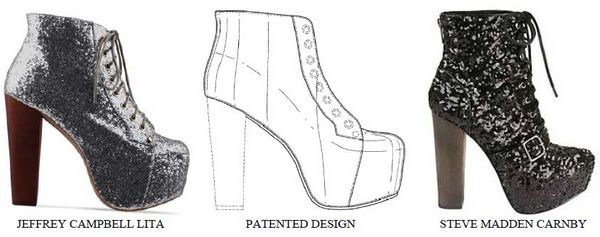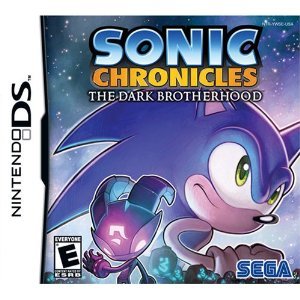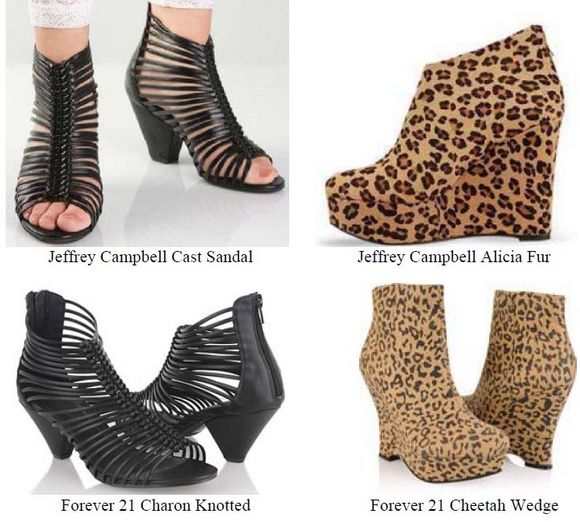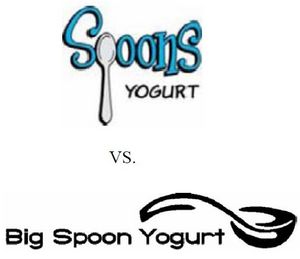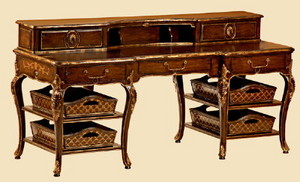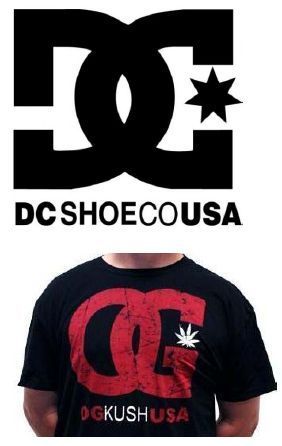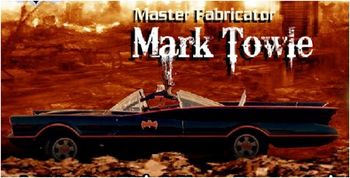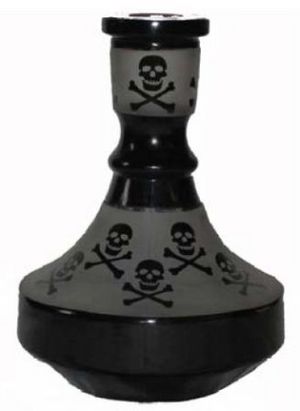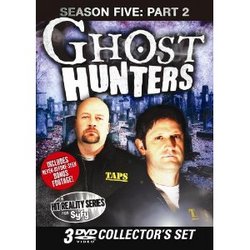Los Angeles, CA – Jeffrey Campbell is taking an aggressive approach to protecting its shoe designs by recently suing Forever 21 for allegedly copying six of its shoe designs. Last week, Jeffrey Campbell filed a new design patent and trade dress infringement and unfair competition lawsuit against Steve Madden for allegedly copying Jeffrey Campbell’s “Lita” shoe design. Although Jeffrey Campbell did not have any patents for the six shoe designs in the Forever 21 lawsuit, it was granted Patent No. D634,532 for the Lita shoe design. Having a design patent provides greater protection for fashion designs than trade dress alone and the causes of action can always be combined, as Jeffrey Campbell has done here. Campbell claims that Steve Madden’s $169.95 Carnby-L shoe design “is believed to be a copy or knockoff of Jeffry Campbell’s Lita Shoe design.” Steve Madden is no stranger to trademark lawsuits involving shoes, having previously settled with Asics for allegedly copying its stripe design.
The patent provides another advantage by keeping copycats away while the product’s configuration attains secondary meaning in the consumers’ minds. Plaintiff contends that since “the release of the Lita Shoe by Jeffrey Campbell in or about the summer of 2010, the internet has been ablaze with, and blogs have raved about,” the shoe design. The significant publicity and promotion of the Lita shoe design has allegedly led to significant sales and acclaim, and widespread public recognition of the Lita Shoe Trade Dress, which is defined as:
Continue reading ›
 Los Angeles Intellectual Property Trademark Attorney Blog
Los Angeles Intellectual Property Trademark Attorney Blog



